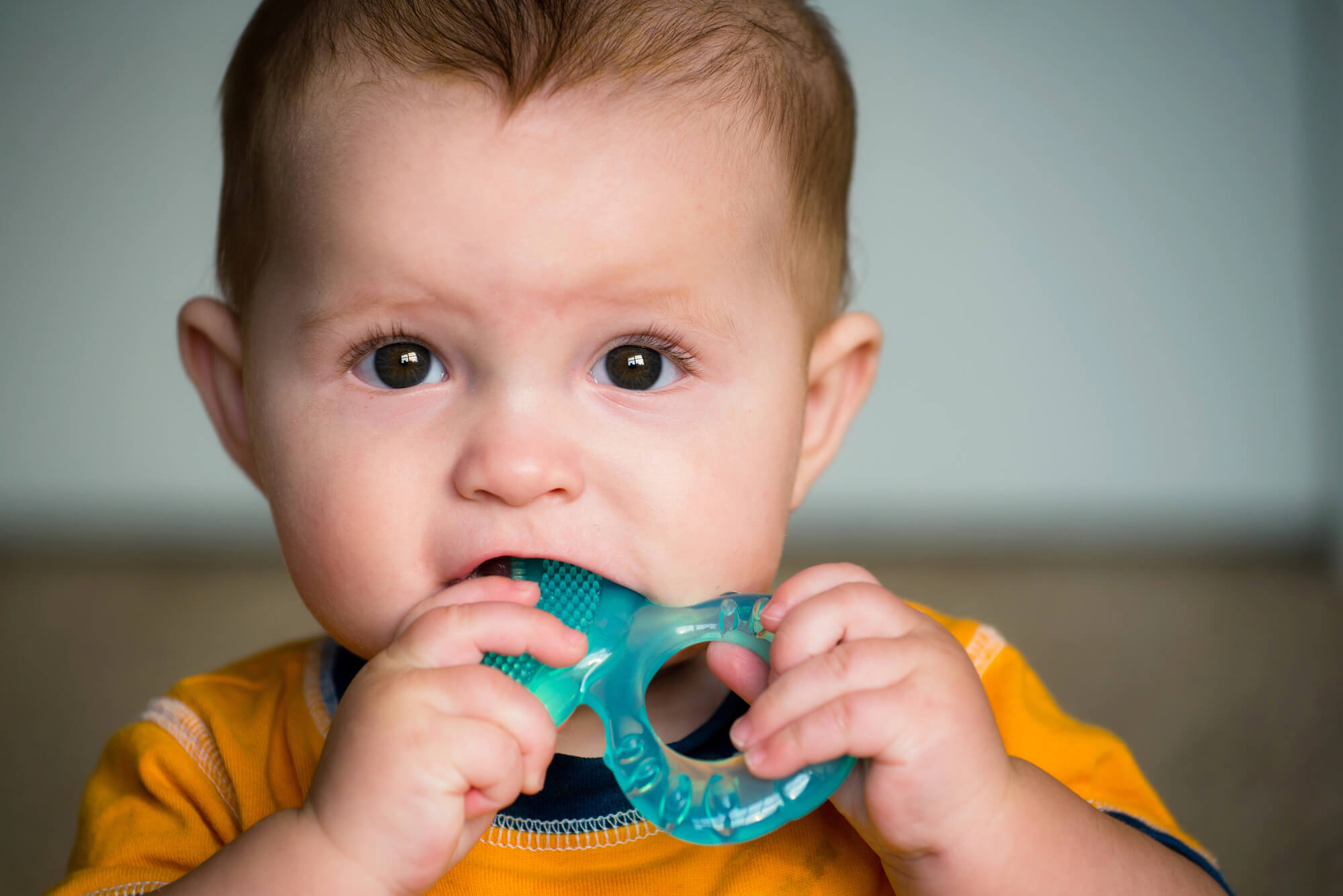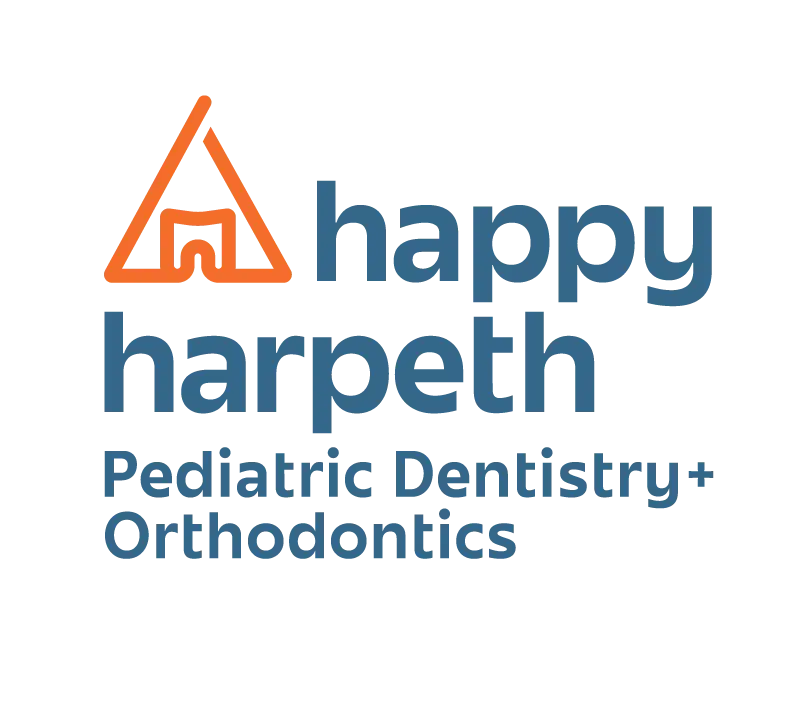Your baby may become irritable when their primary teeth are developing. After all, you don’t need an expert pediatric dentist from Franklin, TN, to tell you that a set of teeth punctuating through your gums may be a bit painful!
When that happens, any parent would go out of their way to try and make it simpler for their babies. However, experts warn there may be added risks to using teething necklaces and bracelets to relieve teething pain or to provide sensory stimulation. Let’s go over these downsides and provide some better alternatives for your baby’s oral health.
.jpg)
What Happens When Your Baby is Teething?
Your baby's teeth erupt or cut through the gums during the teething process, making them visible above the gum line. Teething may begin as early as six months and end at about three years of age. The baby teeth will then start to fall out later in childhood and be replaced by permanent teeth. If this doesn't happen, kids can face several oral health conditions, including crooked teeth.
What’s Teething Jewelry?
Teething jewelry is a product that can relieve an infant's pain during the emergence of their primary teeth, also known as teething. This includes necklaces, bracelets, and other accessories. Some pieces are designed for the parent to wear, while others can be worn by the child.
Many companies and individuals produce and market these goods. The most popular ones are amber teething necklaces, whose makers claim that the necklace releases a chemical known as succinic acid when surrounded by the heat from the baby’s breath. This chemical reduces inflammation and eases joint and teething pain.
The beads used in teething jewelry can also be made from wood, marble, or silicone. Additionally, people with special needs, like those with autism or ADHD, can use teething jewelry to redirect them from chewing on clothing or body parts or to provide sensory stimulation.
Are Teething Necklaces and Bracelets Safe?
The answer is a strict no – at least according to most health organizations in the USA, such as the Food and Drug Administration and the Academy of Pediatrics.
In fact, in 2018, the FDA issued a warning to parents, caregivers, and healthcare providers about the safety risks of jewelry used to relieve teething pain, advising them to avoid these products. This article was based on several reports of deaths and serious injuries to infants and children caused by teething jewelry that the FDA received.
This is concerning, especially considering how jewelry products have become increasingly popular among parents and caregivers and continue to be.
Risks Related to the Use of Teething Necklaces
The dangers of using jewelry to treat teething pain include infection, mouth injuries, strangulation, and choking.
- Choking can happen if the jewelry breaks and a tiny bead gets stuck in the child's throat or airway.
- A child may suffocate if a necklace is wrapped too tightly around their neck or if it catches on something, like a crib, especially if it is worn unsupervised while they are sleeping.
- If a piece of jewelry pierces or irritates the child's gums, there are additional risks of infection or mouth injuries, which may require orthodontic treatments later in life.
The release of succinic acid from the amber only happens at very high temperatures, around 400 degrees Fahrenheit. Needless to say, no child’s mouth can reach those temperatures!
The FDA advises caregivers to avoid teething jewelry, teething creams, benzocaine gels, sprays, ointments, solutions, and lozenges for mouth and gum pain.
Benzocaine and other local anesthetics can cause methemoglobinemia, a dangerous disorder related to decreased oxygen transport through the blood. This condition is life-threatening in children.
.jpg)
Teething Jewelry Case Studies
If the potential hazards aren’t enough to deter you from purchasing an amber teething necklace, you should be aware that there is no scientific proof that these necklaces are effective.
In an interview for the New York Times, Aaron Celestian, an associate curator of mineral sciences at the Natural History Museum of Los Angeles, stated that the succinic acid found in beads made from real Baltic amber can’t be absorbed by the skin from a necklace.
Additionally, the American Academy of Pediatrics (AAP) advises against letting infants wear any jewelry, as suffocation is the leading cause of death for children under a year old. However, teething necklaces are especially dangerous. A 2018 study aimed to test the strangulation risk of 15 amber teething necklaces from retailers in Canada. Nearly half of them failed to open after exerting 15 pounds of force—an industry safety standard—for 10 seconds. In another test, eight out of ten failed to open with 1.6 pounds of force for 10 seconds, the mean force needed to obstruct a small child's airway.
Better Alternatives to Relieve Teething Pain
Just because you can’t use teething necklaces, it doesn’t mean there are no other ways to relieve your baby of their teething pain. The American Academy of Pediatrics has recommended a series of alternatives for treating this pain, such as
- Teething Toys: Select rubber or plastic items that are too big to fit inside toilet paper rolls—if they do fit, they’re a choking hazard. Although each baby has its own distinct tastes, many seem to be drawn to toys with textures.
- Cold things: Cooling the baby's gums feels both numbing and distracting. Place a damp washcloth, a pacifier, or a teething toy in the fridge for a bit before giving it to the baby. Avoid freezing them completely, as the hardness can hurt their gums.
- Massaging: Clean your hands and gently massage the baby's gums with your fingertip. This can also help you determine which teeth are erupting.
- Medicine: If these suggestions do not work, consult your pediatric dentist about giving your child acetaminophen.
What If I Still Want My Kid to Use a Teething Necklace?
If you’re still adamant about using amber necklaces, make sure to:
- Always keep an eye on your child while they’re wearing their necklace or bracelet.
- Bracelets and anklets are better than a collar they’d wear around their neck.
- Make sure to remove the jewelry if the child is unattended and when they’re sleeping.
.jpg)
Learn About Teething Pain Relief From a Reliable Pediatric Dentist in Franklin, TN
Teething isn’t a struggle-free process, and there’s no denying that. However, as uncomfortable as it is, parents often forget that they, too, went through it—a gazillion years ago—and survived.
That’s the thing: while teething may be painful, it’s not mortal. Teething jewelry, on the other hand, has proven to be. Maybe this is an opportunity for parents to learn that, in life, kids will struggle. Sometimes, letting them experience the upcoming difficulties is better than finding a store-bought solution that could put their life at risk.
If you’re still in doubt regarding your kid’s oral health, give us a call! We’d be happy to address your questions and concerns!





